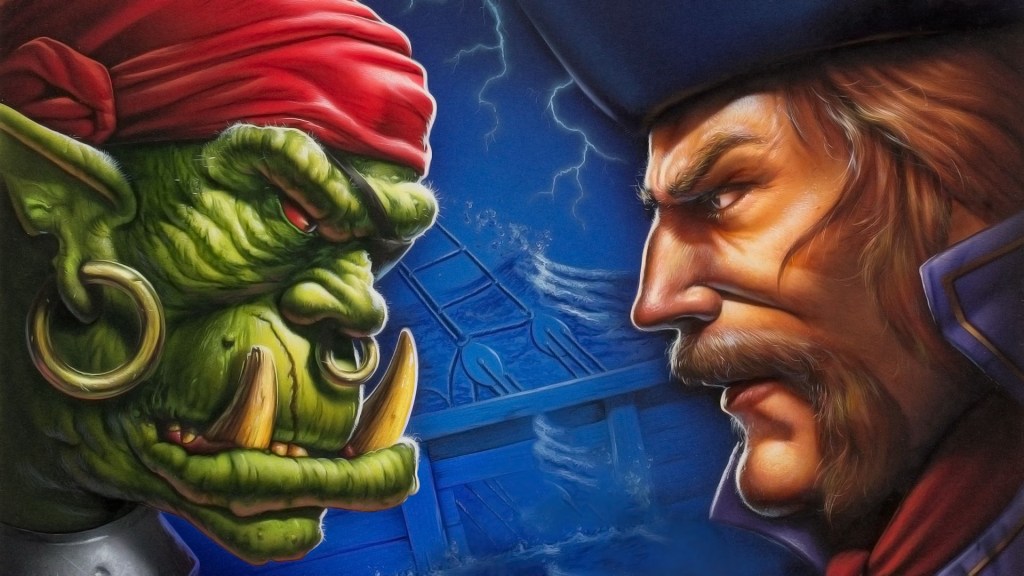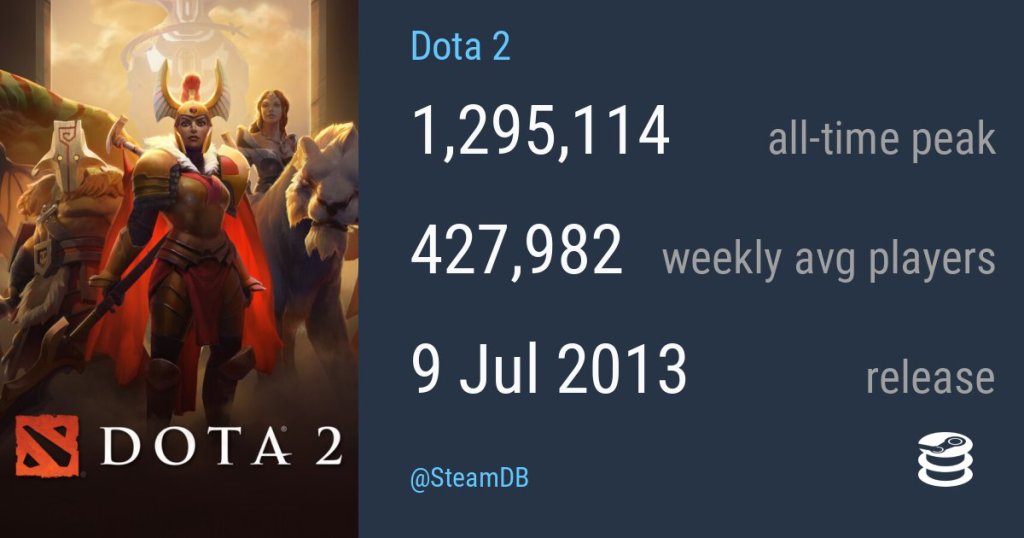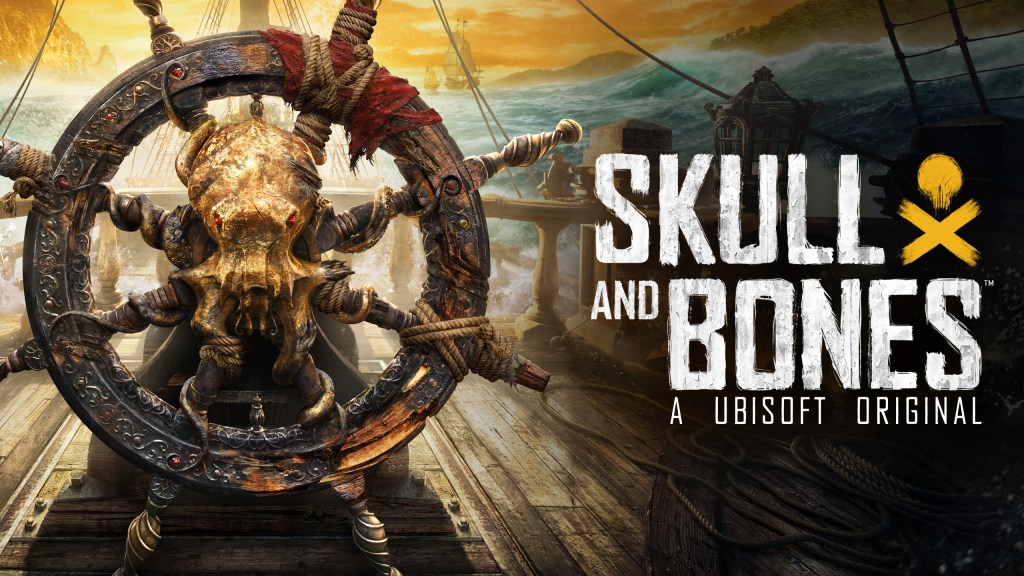Scroll any of the gaming subreddits for just a few minutes and you’ll see A LOT of posts dumping on games using microtransactions and how they have destroyed gaming. However, are they as bad as the narrative makes out? Of course, there are numerous bad players out there who are preying on their player base to make as much money as possible. This is especially true in the mobile gaming sphere where misleading ads and extreme pay-to-win dynamics have created a particularly toxic atmosphere. However, while I certainly agree that there is a lot of bad out there, there is a lot of good that can make microtransactions work when used appropriately. Keep reading as I get into this and look for a possible future where microtransactions implemented by a mature industry can work great.
Table of Contents
The Humble and Successful Beginnings of Microtransactions
For those of us old enough to remember the SNES or even the original PlayStation, microtransactions have not always been ever-present in gaming. Of course, you’d be forgiven for thinking that was the case given how prolific they are in almost every game in the modern era. So where did this come from and how did we get to where it is now?

Putting an exact pinpoint on this is difficult but we can start to see the foundations of microtransactions gaming way back in the nineties when expansion packs became a big deal, sometimes even for free for example with the first DLC for RTS cult classic, Total Annihilation. However, it wasn’t long before companies began to realize that you could make a lot of extra money and expand the lifecycle of a game by making these paid add-ons rather than free. Blizzard was the first to show how lucrative this could be with the release of Warcraft II: Beyond the Dark Portal, in 1996, as a paid expansion to Warcraft II: Tides of Darkness which was released in the prior year. From this point on there was an explosion of expansions with other highly successful examples including Age of Empires: The Rise of Rome and StarCraft: Brood War, both released in 1998.
Today, some franchises still use this model, such as the Sims 4, which has an enormous 15 expansions! This has seen EA manage to continue the lifecycle of this huge success from way back in 2014! However, this has not proved uncontroversial with players often citing the ridiculous cost involved in owning all gaming expansions and how little each one adds on despite their cost, much like their unpopular little brother, microtransactions. So how did it all go so wrong? How did we get from these hugely successful expansions that included massive amounts of content to where we are today?
A Slippery Slope into Profits Over Players
Things started to go wrong with the realization that all games could essentially be Games as a Service (GaaS). Similar to Software as a Service (SaaS) this is the idea that memberships or microtransactions can be used to support a game that never ends and sees regular content updates. The early adopters of this model were MMOs such as RuneScape which was released in 2001 and combined a membership model with a F2P model. This allowed players to play the game completely for free, which included quite a lot of content, or to upgrade for a small monthly fee to get access to extra skills and a larger map. For me, this was a great model, it allowed everyone access to the game and although membership added extra content, it didn’t feel like you needed it to get full enjoyment out of the game or even that it was P2W. To this day, I still enjoy going back to RuneScape now and again.
MMOs that came after Runescape started to drop this mix of free and paid options and instead focused purely on memberships with a short free trial to try and get you hooked. However, with notable exceptions such as World of Warcraft and EVE Online, none of them have seen the longevity that Runescape has. Indeed, the MMO space is a boneyard of failed games such as EverQuest, City of Heroes, and Star Wars Galaxies. With a valuable lesson learned the modern-day era of gaming microtransactions was about to rear its head.
Profit at the Expense of Player Wellbeing
With the realization that GaaS could mean huge profits for gaming companies, things began to change very quickly for the revenue model of the industry. These days, it is rare to find a high-quality game that doesn’t include some form of microtransactions. And, year by year, the tactics used by certain games to draw out more money from their players seem to just get more and more nefarious.

Some of the worst offenders are those that utilize loot boxes. These are essentially in-game purchases that allow you to buy a pack that gives you a random chance at winning something, and, if you are lucky, then what you get could be extremely good. This mechanic is used particularly aggressively in gacha games, such as Genshin Impact, and competitive collectible card games, such as Hearthstone. It is argued that this plays on the dopamine hit often seen in gambling and can create addiction. Even worse, these games are often targeted at children, creating addiction from an early age, and producing regular stories of children spending thousands of dollars on their parents’ credit cards.
Research from the Victorian Responsible Gambling Foundation, a Government authority in Australia that is pushing for loot box regulation, showed that young people who have purchased a loot box in the last 12 months are more likely to have gambled in the last 12 months, gamble frequently, experienced more gambling problems and harms, and spent more money gambling than their peers. The problem has gotten so bad that some countries have already started to regulate these mechanics, for example, in Belgium, loot boxes are completely banned. Clearly, then, this has become a big issue with game developers going way too far in their pursuit of profit. Any industry that is targeting children with tactics used by gambling companies needs to be questioned seriously.
Supporting an Eclectic Mix of Games
Compare the landscape now to that of the 90s and before. Back then, the number of games out there was a fraction of the yearly releases you see today. Additionally, they were often only covering a small percentage of the possible genres that you see today. Of course, at this time gaming was still in its infancy and largely seen as a hobby for children. Yet, despite this, would you really see the plethora of different games within each genre if they weren’t supported by the microtransactions of Whales and Dolphins? I don’t think so, just look at the number of gacha games covering a vast array of different styles. For example, Dislyte, a musical urban mythological gacha, now that’s a niche!

The transformation of gaming from its childish roots into the huge cultural phenomenon it is now can also be linked to this. 20 years ago every game cost money, players might just pick up a couple a year or even be priced out completely once you accounted for the cost of buying a console or PC on top of the game. Now, many more people can afford to play games. Microtransactions allow a F2P model to thrive with people able to choose how much to spend if anything at all. This has created some of the biggest games ever like Fortnite and Dota 2 where the games are supported by microtransaction cosmetics.
In addition to this, the increasing cost of producing games, well anything really, needs to be mentioned. It is not uncommon now to see games cost double what they did 10 years ago and yet we are still seeing gaming companies make huge layoffs despite there being more gamers than ever. Therefore, perhaps microtransactions are a necessary evil to ensure that games to suit all people can still be produced, and also, therefore, to ensure that people keep their jobs.
The Games That Do It Right
With this massive boon in gaming across genres supported by microtransactions, there must be some games doing it in a good way, right? Well, I tend to think so, but granted they are few and far between, and it seems like the microtransaction model only works for certain types of games and when not done too aggressively. As previously mentioned, Fortnite is a game that has had huge success with a F2P model that is supported by cosmetic microtransactions. And, there are others like League of Legends, Apex Legends, and PUBG: Battlegrounds doing the same thing. Indeed, this model seems to suit MOBAs and battle royale games perfectly.

However, they don’t get it completely right with their revenue models relying heavily on problematic loot boxes. So, what else can be done? Well, one thing they already do is allow players to take part in special season passes which present unique challenges over a certain period. Completing them can reward special skins to customize their account with the best skins unlocked by completing the premium season pass. This ticks 2 boxes, it doesn’t have a gambling aspect, as you know exactly what is up for grabs, and it is not P2W, as the rewards are purely cosmetic.
On the other hand, this does create an unsatisfying grindy aspect to games with players often required to log in every day to ensure they can unlock all rewards from the battle pass. As such, an alternative option for microtransactions is the use of premium currency. This is widely used in mobile gaming though typically involves P2W mechanics where the currency can be used to buy OP characters, extra health, etc. However, when used as a resource to purely purchase specific cosmetic items, this can be a great answer that allows players to spend as much as they want without P2W mechanics and avoids loot box gambling. Season passes and premium currencies present a powerful microtransaction mix that can satisfy the majority of players and allow gaming companies to continue making money in a way that isn’t predatory. And, if they can’t make enough money without playing to addictions, then perhaps their game is not very good and deserves to fail.
Players Can Weed out the Bad Actors

Clearly, then, when done right, microtransactions can actually work great for a game. The problem comes, however, when the whole industry decides to try and get in on the action and make a quick buck from their players. Some of the worst examples of this are pretty much any game that is charging you full price for a half-finished game and then includes paywalled content and P2W microtransactions. Looking at you Skull and Bones.
The worst offenders for this seem to be games where this model just simply does not work. For example, in story-driven open-world RPGs where single-player drama is the main draw or in annual release sports games. Some great examples from recent years include pretty much any of the FIFA or NBA games as well as the aforementioned flop that is Skull and Bones.
However, despite seeing this happen time and time again, there does seem to be a change occurring right now. For example, just take a look at the massive backlash against Overwatch 2 which used hyper-aggressive microtransaction tactics, or recent Assassin’s Creed games that have used them in full price single player games to purchase cosmetics that would have been previously included as unlockables for completing certain achievements. And, this does not just seem to be noise and is translating into real issues for companies with powerful streamers such as Asmongold and DarthMicrotransaction now highlighting these issues marking a real change in the zeitgeist.
Things Can Only Get Better
While the current state of microtransactions in gaming may seem bleak, recent successes like Baldur’s Gate 3 prove that AAA games can thrive without relying on predatory practices. However, despite ongoing concerns, certain genres like battle royals and MOBAs continue to embrace loot box microtransactions. Yet, as governments move to regulate loot boxes, there’s an opportunity for the industry to find a balance. By prioritizing season passes and premium currencies, developers can offer diverse gaming experiences at fair prices, satisfying both players and regulators alike. It’s time for the gaming industry to embrace this equilibrium and usher in a new era of responsible monetization.
More Opinion Pieces from OCG
- Why Palworld Will Never Rival Pokémon!
- Capsule Monsters and the Humble Beginnings of Pokémon
- Is Fall Guys a Dead Game?
Join our Community
If you found this article on How Microtransactions Can Save Gaming if They Don’t Kill it First then join our community to be kept up to date on all the latest gaming news, reviews, and guides from One Chilled Gamer.
